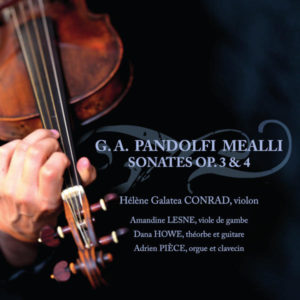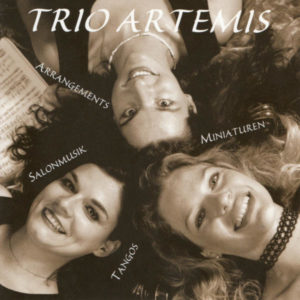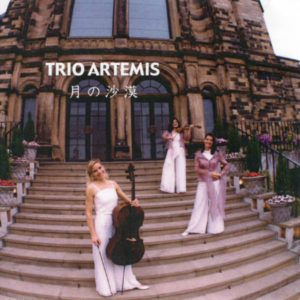Extraits / Excerpts
Richard Flury: Violin Sonata No. 1, No. 2 & No. 3 - Gilles Colliard, Violin - Timon Altwegg, Piano
Richard FLURY: Violin Sonata No. 1 in G Major: I. Allegro moderato – II. Andante – III. Scherzo – IV. Allegro finale – Violin Sonata No. 2 in A Major: I. Allegro – II. À la Marche funèbre – III. Scherzo – Violin Sonata No. 3 in E-Flat Major: I. Andante – II. Scherzo – III. Andante mit Variationen
Performers:
Gilles Colliard, Violin
Timon Altwegg, Piano
Richard Flury : Violin Sonatas No. 1, No. 2 & No. 3
Richard Flury’s eleven sonatas for violin and piano are probably the most important body of works in this genre by any Swiss composer, both in terms of their sheer number and, more importantly, on account of their quality. The only viable comparison is the set of nine violin sonatas by Hans Huber (1852–1926), composed between 1877 and 1915.
Flury’s sonatas encompass the period from 1918 to 1961 – thus almost his entire creative life as a composer. No other large-scale form occupied him to this extent. These eleven sonatas comprise a microcosm of their own and occupy a special position in Flury’s oeuvre, allowing us to observe his compositional development in detail. It is hardly surprising that Richard Flury demonstrated such an interest in this genre, given that he was himself a very good violinist.
If he had not suffered a serious injury as a child – when a shard of glass cut the tendon of his left index finger – we might perhaps today remember only a violinist by that name, not the composer he later became (this offers us an astonishing parallel to Robert Schumann’s finger injury and the consequences that resulted from it!).
The second reason for the existence of these 11 sonatas – which was more significant – was Flury’s marriage in 1939 to his former pupil, the violinist Rita Gosteli.
After having swiftly composed his first three violin sonatas in just six months in 1918, Flury put this genre to one side for a long time. It was not until 1936, when his former pupil Rita reappeared in his life, that he began to compose violin sonatas once more. His Violin Sonatas Nos. 4–7, composed between 1936 and 1948, are all dedicated to her, as is his Suite for violin and piano, composed in 1951. In 1918, the year in which Flury wrote his Violin Sonatas Nos. 1–3, he was head of the military band of the Rifleman’s Battalions 3 and 5 but also a student of Hans Huber at the Basel Conservatory.
These three sonatas thus date from the time of his studies, which might also be why he later took a critical view of them and withheld them from publication. By releasing them on CD, we have adopted a stance diametrically opposed to that of the composer. But we have good reason to do so.
For one thing, there is the sheer quality of these works. Even if they reveal a certain formal awkwardness here and there, they are nevertheless so rich in beautiful ideas that it would be a great shame if they existed only on paper in Flury’s archives (and let’s not forget that there are in any case few other Swiss violin sonatas of quality from the period of the First World War).
Secondly, it is fascinating to be able to witness how Flury’s sense of harmony and form developed. These recordings enable the general music-lover to hear clearly the beginnings of what ultimately became Flury’s own musical language. And there is the fact that Richard Flury’s son, the composer Urs Joseph, initially upheld his father’s dismissal of these works as uninteresting remnants of youth, but abandoned his scepticism upon actually hearing them and realising their astonishing quality. He is today even convinced that his father never again composed as melodiously as in these three works!
Timon Altwegg
- Categories
- Composers
- Interprets
- Booklet














